Vector, in physics, a quantity that has both magnitude and direction. It is typically represented by an arrow whose direction is the same as that of the quantity and whose length is proportional to the quantity’s magnitude. Although a vector has magnitude and direction, it does not have position. That is, as long as its length is not changed, a vector is not altered if it is displaced parallel to itself.
In contrast to vectors, ordinary quantities that have a magnitude but not a direction are called scalars. For example, displacement, velocity, and acceleration are vector quantities, while speed (the magnitude of velocity), time, and mass are scalars.
Vector is a directed segment, connecting two points in a space ( in a plane ). Vectors are signed usually eitherby small letters or by initial and final points. For example, a vector directed from point A to point B can be signed as a,

__
A zero vector 0 or 0 is a vector, for which initial and final points coincide, i.e. A=B. From here it follows: 0 = – 0.
A length ( modulus ) of vector a, signed as | a |, is a length of its imaging segment AB.
Particularly, | 0 | = 0.
Vectors are called collinear ones, if their directed segments belong to parallel lines. Collinear vectors a and b are signed as a || b .
Three or more vectors are called coplanar, if they lie in the same plane.
Equality of vectors. Two vectors a and b are equal, if they are collinear ones and their lengths are equal, i.e. a || b and | a | = | b | . Hence, vectors don’t change ata parallel transfer.
Subtraction of vectors. This operation is reduced to the previous by changing a subtracted vector to an opposite one:
a – b = a + ( – b ) .
Addition of vectors. As vectors are directed segments, then their addition can be executed geometrically. (Algebraic addition of vectors see below, in the point “Unit orthogonal vectors”).
Assume, that __ __
a = AB and b = CD ,
then __ __
a + b = AB + CD
Graphical Vector Addition
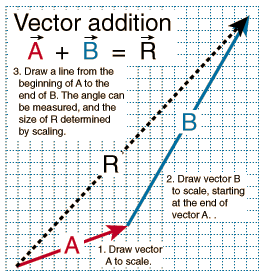 | Adding two vectors A and B graphically can be visualized like two successive walks, with the vector sum being the vector distance from the beginning to the end point. Representing the vectors by arrows drawn to scale, the beginning of vector B is placed at the end of vector A. The vector sum R can be drawn as the vector from the beginning to the end point. The process can be donemathematically by finding thecomponents of A and B,combining to form the components of R, and then converting to polar form. |
Example of Vector Components
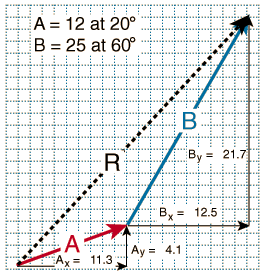 | Finding the components of vectors for vector addition involves forming a right triangle from each vector and using the standard triangle trigonometry.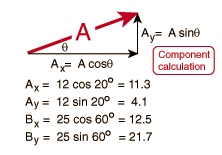 The vector sum can be found bycombining these components and converting to polar form. The vector sum can be found bycombining these components and converting to polar form. |
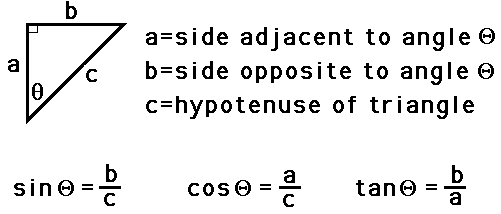
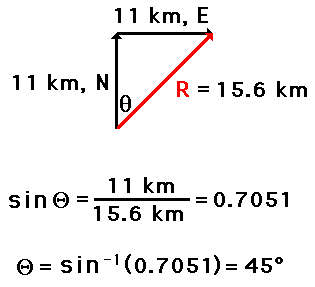 |
| Sample Problem |
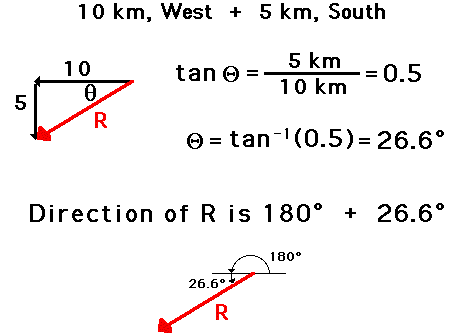 |
| Sample Problem |
***Vectors are used when you want to go to places you want. It can also be used to solve maze or other games somewhat like treasure hunting.*** :)
No comments:
Post a Comment